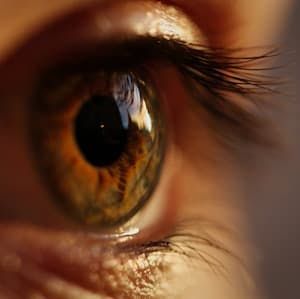Article
Effect of Temporal Inverted ILM Flap Technique Evaluated in Macular Hole Surgery
Author(s):
New trial results suggest the overall DONFL score was similar between a temporal inverted ILM flap technique and conventional ILM peeling in macular hole surgery.
Credit: Marc Schulte/Pexels

New results from a single-center, prospective, open-label, randomized controlled clinical trial indicated a temporal inverted internal limiting membrane (ILM) flap technique reduced the extent of the dissociated optic nerve fiber layer (DONFL) in patients undergoing macular hole surgery.1
However, the investigative team, led by Jean-Baptiste Conart, MD, PhD, suggested the overall DONFL score was similar to that of conventional ILM peeling technique at 3 months after surgery. Conart and colleagues additionally reported the overall median retinal sensitivity and best-corrected visual acuity (BCVA) did not differ from the data obtained after complete ILM peeling.
“The temporal inverted ILM flap technique reduced the extent of the DONFL by preserving the nasal part of the fovea,” investigators wrote.
The study looked to evaluate the effect of the temporal inverted ILM flap technique compared with that of conventional ILM peeling on the extent of the DONFL and retinal sensitivity in patients undergoing macular hole surgery. The study population were patients requiring vitrectomy for MHs sized > 250 μm.
Patients were randomly assigned 1:1 to the control group undergoing standard ILM peeling and the experimental group (flap group) undergoing the temporal inverted ILM flap technique. The identified primary study outcomes were the total DONFL score at 3 months after surgery. Secondary outcomes included microperimetry results, primary macular hole closure rate, external limiting membrane and ellipsoid zone recovery rates, and BCVA.
A total of 65 patients were recruited between February 2018 and July 2020. The primary outcome data were available for 60 patients. Data showed the mean DONFL score was 7.0 in the control group and 5.0 in the flap group at 3 months after surgery (P = .145).
The analysis indicated the focal depressions characteristic of the DONFL were limited to the temporal side of the fovea in the flap group. However, in the control group, they were found all over the fovea on spectral-domain optical coherence tomography (OCT) images. Data showed the macular hole closure rate (P = 1), ellipsoid zone and external limiting membrane recovery rates (P = .252), and BCVA (P = .450) were similar between study groups.
In addition, the 3-month overall median retinal sensitivity (P = .142) and median retinal sensitivity improvement (P = .916) in the control group were comparable with those observed in the flap group. Conart and colleagues suggested there were no significant differences between the 2 techniques when considering the temporal area (P = .105) or the nasal area (P = .468).
References
- Ehrhardt, A., Delpuech, M., Luc, A., Zessler, A., Pastor, G., Angioi-Duprez, K., Berrod, J.-P., Thilly, N., & Conart, J.-B. (2023). Dissociated Optic Nerve Fiber Layer Appearance after Macular Hole Surgery: A Randomized Controlled Trial Comparing the Temporal Inverted Internal Limiting Membrane Flap Technique with Conventional Peeling. Ophthalmology Retina, 130(4), 215–220. https://doi.org/https://doi.org/10.1016/j.ophtha.2023.02.003




